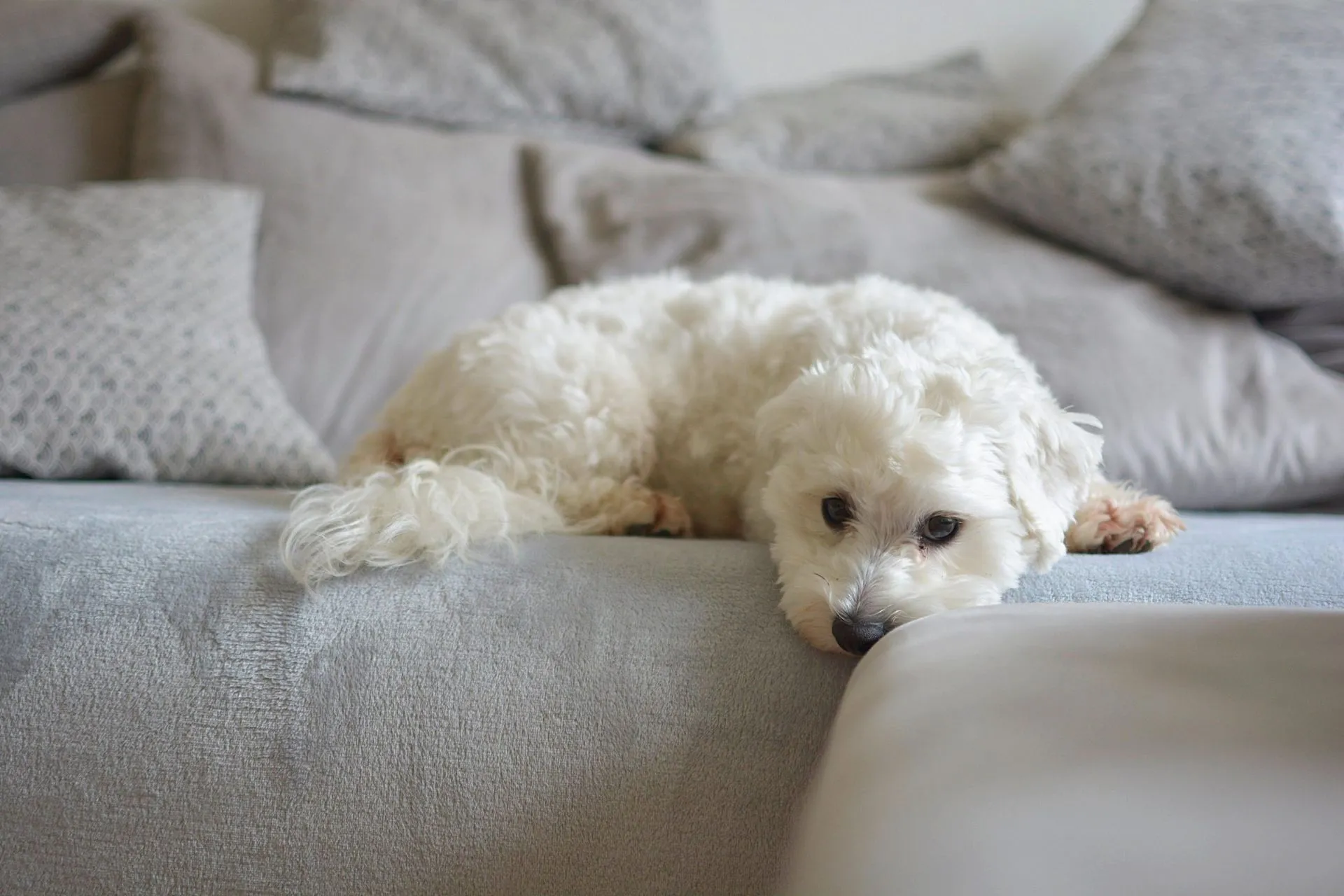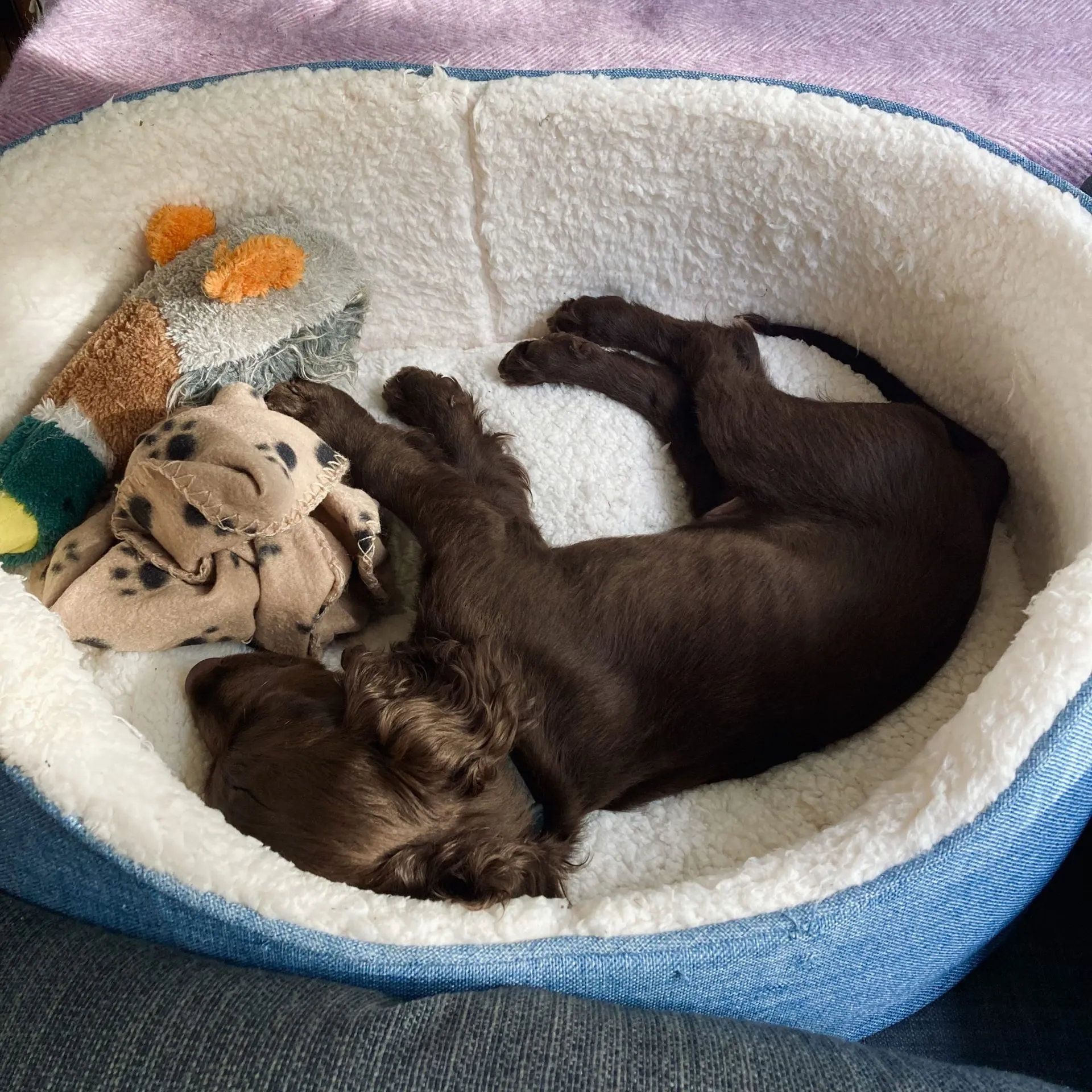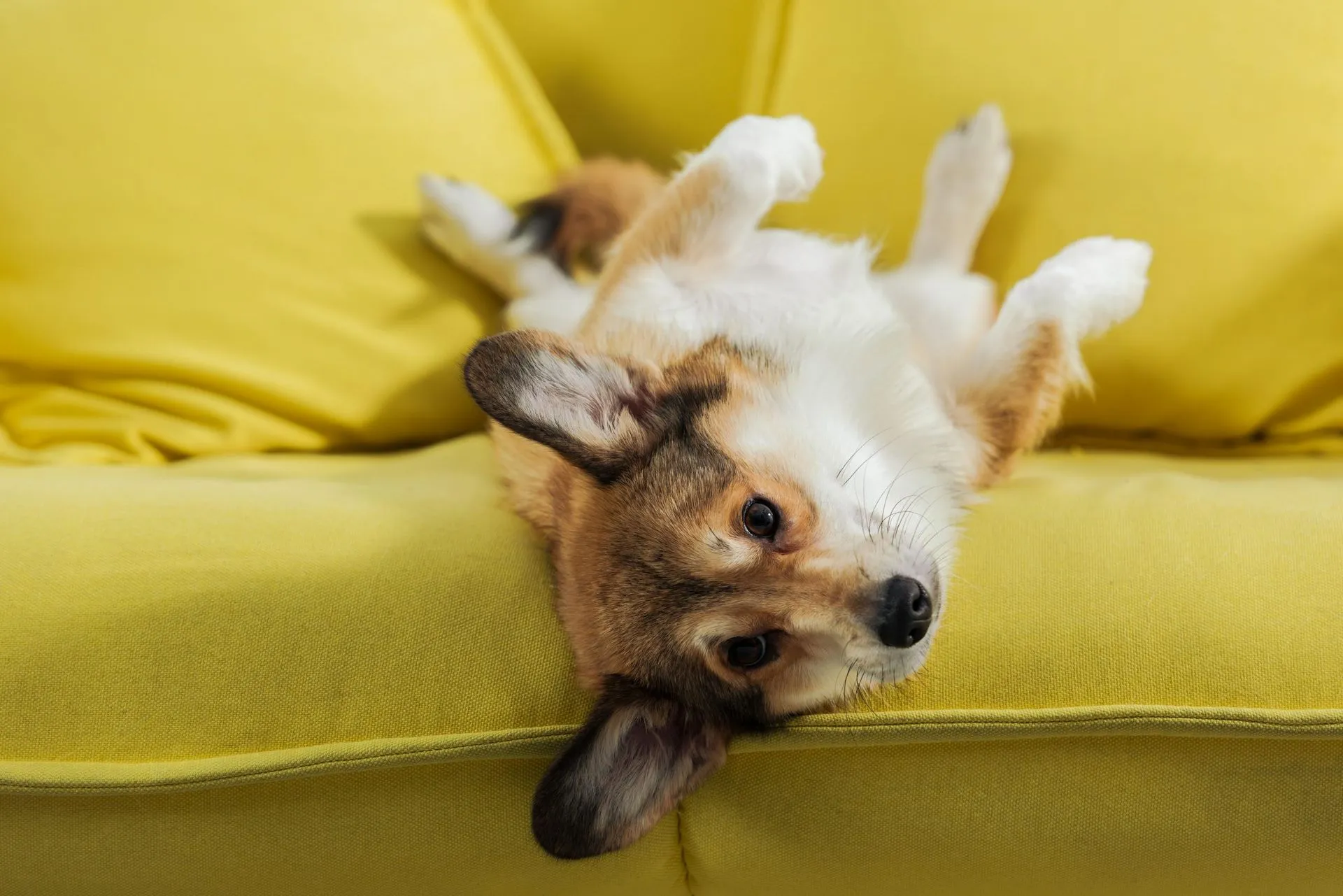Allowing your puppy to jump on the sofa might seem harmless, but for many owners, it can quickly become an unwanted habit, especially when muddy paws or guest discomfort are involved. Learning how to stop your puppy jumping on the sofa early on is crucial for setting boundaries and fostering good behavior. Ben Randall, a celebrated dog trainer with two decades of experience, shares his effective, reward-based methods to gently guide your young canine companion towards more appropriate lounging choices. His approach focuses on consistent training and positive reinforcement, ensuring a harmonious living environment for both you and your beloved puppy. This article distills Randall’s proven techniques to help you address this common challenge, transforming your sofa from a free-for-all zone into an “invitation-only” spot.
Establishing Ground Rules and Designated Spaces for Your Puppy
Setting clear expectations from a young age is fundamental in puppy training. While it’s natural to want your furry friend close, establishing specific rules for furniture access is vital. This proactive approach prevents the development of ingrained habits that are harder to break later. Randall emphasizes that having designated, comfortable spots for your puppy around the house is the first and most critical step in teaching them to stay off the sofa.
1. Provide a Designated, Comfortable Puppy Bed
Every puppy needs a comfortable, safe space of their own, ideally in each room they are allowed to be in. Randall makes it a routine to bring his dogs’ beds with him when moving to a new room, signaling that their designated spot is always available. When entering the lounge, he calls his dogs to their beds, associating these spaces with calm and relaxation. This strategy is also incredibly useful for travel, as a familiar bed provides comfort and a clear expectation of where to settle, even in new environments. For example, a small mat or a familiar bed can serve as their personal space in a hotel or a friend’s home, helping them to settle down quickly.
To effectively direct your puppy to their bed and prevent them from seeking attention on the sofa, Randall uses two key commands: “leave” followed by a hand direction, and pointing to their bed while saying “in.” The “leave” command, when taught correctly, can be incredibly versatile for redirecting unwanted behaviors. You can read more about how to stop dog from jumping on sofa by consistently applying these foundational commands.
2. Revisit Basic Commands If Needed
If your puppy isn’t consistently responding to commands like “leave” or “in,” it’s a clear indication that these instructions aren’t fully understood, and you’ll need to reinforce their foundational training. Don’t be discouraged; going back to basics is a sign of good training practice.
Randall often guides his clients through a specific routine: hold the puppy’s bed, ask the puppy to sit, then place the bed in the chosen area. Next, call the puppy to their bed, rewarding them immediately with a treat for obeying. This positive association ensures the puppy understands that their bed is a good, rewarding place to be, regardless of its location. This method not only teaches them where to go but also reinforces obedience and builds a positive relationship. Understanding how to stop puppy jumping on couch often starts with strengthening these core obedience skills.
3. Consistency is Key: Avoid Mixed Signals
One of the biggest obstacles in training a puppy to stay off the sofa is inconsistency. Allowing your puppy onto the sofa sometimes, but not others, creates confusion and makes them expect to be invited up rather than waiting for permission. This lack of clear boundaries can lead to broader behavioral issues, as puppies may perceive a lack of respect for personal space in other areas of their lives, such as during walks or when interacting with other people.
Every family member must be on the same page regarding sofa rules. If one person allows the puppy on the couch while another doesn’t, it undermines the training efforts and delays progress. Consistency ensures your puppy understands the rules clearly and helps them develop predictable and well-mannered behavior. This principle is vital for comprehensive puppy jumping training and fostering overall obedience.
 A serene German Shepherd rests calmly on a textured floor rug.
A serene German Shepherd rests calmly on a textured floor rug.
4. Practice Makes Perfect: Gradual Introduction
If your puppy has previously been allowed on the sofa, transitioning them off requires patience and consistent practice. As with any behavior modification, regular repetition of the new routine is essential for achieving the desired results.
Start by directing your puppy to their bed with a clear command like “Bertie, in!” while pointing to their designated spot. If your puppy is hesitant, remember that positive reinforcement is key. They need to associate their bed with a positive outcome, such as a reward. Gradually introduce scenarios where you would normally allow them on the sofa, such as when guests arrive or during meal times, and consistently redirect them to their bed. Each successful redirection and reward reinforces the desired behavior. If your puppy is still struggling with obedience, it may also be worth exploring resources on how to stop dog aggression towards other dogs, as addressing foundational behavioral issues can improve overall trainability.
 A content Cocker Spaniel puppy sleeps soundly in a cozy wicker basket.
A content Cocker Spaniel puppy sleeps soundly in a cozy wicker basket.
5. Recognize When Your Puppy Isn’t Ready
Sometimes, a puppy’s excitement levels are too high for effective training, especially in stimulating environments with people, food, or toys. If your puppy is constantly jumping in and out of their bed or running back and forth, it’s a sign they’re not yet calm enough to focus on the training.
In such cases, it’s best to restart the process by returning to a calmer environment. Place a food reward on the floor next to their bed while they are sitting in it, giving them a clear reason to remain settled. Periodically walk past and offer another reward. The goal is for the puppy to learn that staying calmly in their bed, even with distractions, leads to positive reinforcement. Over time, usually within a week or so, your puppy will learn to happily stay in their bed for extended periods, knowing that praise, a scratch behind the ears, or a treat will come their way.
 A calm dog relaxing comfortably on a rug in a living room.
A calm dog relaxing comfortably on a rug in a living room.
Conclusion
Training your puppy to stay off the sofa requires dedication, consistency, and a reward-based approach. By providing them with comfortable, designated beds, reinforcing basic commands, maintaining consistent rules, and practicing regularly, you can effectively teach your puppy appropriate lounging habits. Recognizing their readiness for training and adjusting your approach as needed will ensure success. These methods not only keep your sofa clean but also strengthen the bond between you and your puppy through clear communication and positive reinforcement. For more detailed advice on Ben Randall’s proven BG training methods, including one-to-one sessions or residential training, you can contact his BGHQ in Herefordshire at 01531 670960 or visit his website at www.ledburylodgekennels.co.uk. You can also explore his methods with a free seven-day trial of the Gundog app at www.gundog.app/trial.
